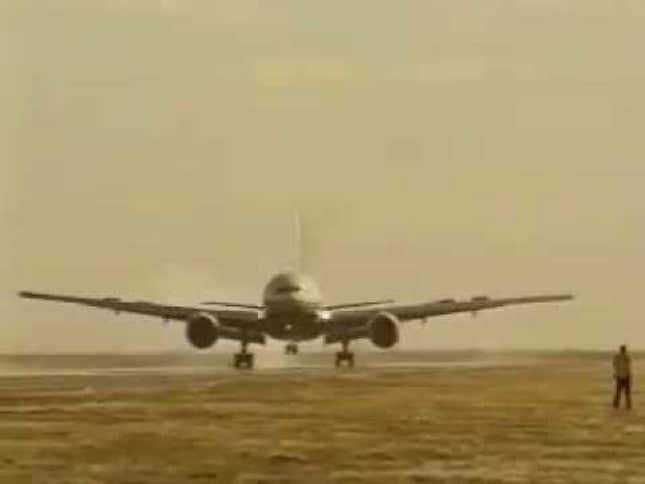No. The horizontal taiplane is pushing the tail down in flight. If it went missing, the plane would nose down.

Simple. If the tails breaks away, the rear will drop (due to the horizontal stabilizer not present to hold the rear up.) The plane will nose upward. The air speed will then get traded for attitude for a few seconds until the air speed drops below stall.
I think you’ve hit a nail on the head when you say that the garb leads people into thinking they are mostly ceremonial. Even knowing that the Swiss guard can be deadly, the uniforms are have a disarming (heh...) effect on the onlooker.
Most wings stall around 14-16 degree angle of attack.
Planes are complicated now, but it is all relative. The B-29 and P-51 were pretty complex given the technology of the time.
I politely informed him that this is impossible because the Hummer’s body is made of aluminum, which cannot rust
the SR-71 was claimed to have hit 2,700 MPH
Her husband and kids had a definite “oh great, here were go” look on their faces.
Don’t fuck with Russia.
:)
They do have Pavlova. Here’s a fun party game: Get a Kiwi and an Aussie in the same room. Ask which one of their countries invented Pavlova. Back away slowly...
A double check always help to see errors like this in the future.
You would indeed probably only need two from a pure thrust perspective. However you’d have to make some drastic modifications to the airframe. For a start, the rudder would have to be significantly enlarged to handle engine out situations. You’d also have to rerig the wing spars given the very different load…
Agreed 1000-fold.
That’s the one. And you are correct that he had been taught to use vigorous rudder inputs. Both Airbus and Boeing had written to American Airlines before the crash to state that this was very much incorrect technique. Training has indeed been updated.

If you look at how large airliners land, they do tend to decrab at the last minute and not dip a wing. The gear can take rather dramatic side loads. Check out this video. The wings are pretty much level all the way to touchdown. In contrast, if you watch a high and straight wing turboprop like a Dash-8, you’ll see…
You would use the rudder when decrabbing (straightening out) the plane in a crosswind, right on touchdown and not before. Also you input rudder in an engine out situation. That’s about it.
Fair point.


